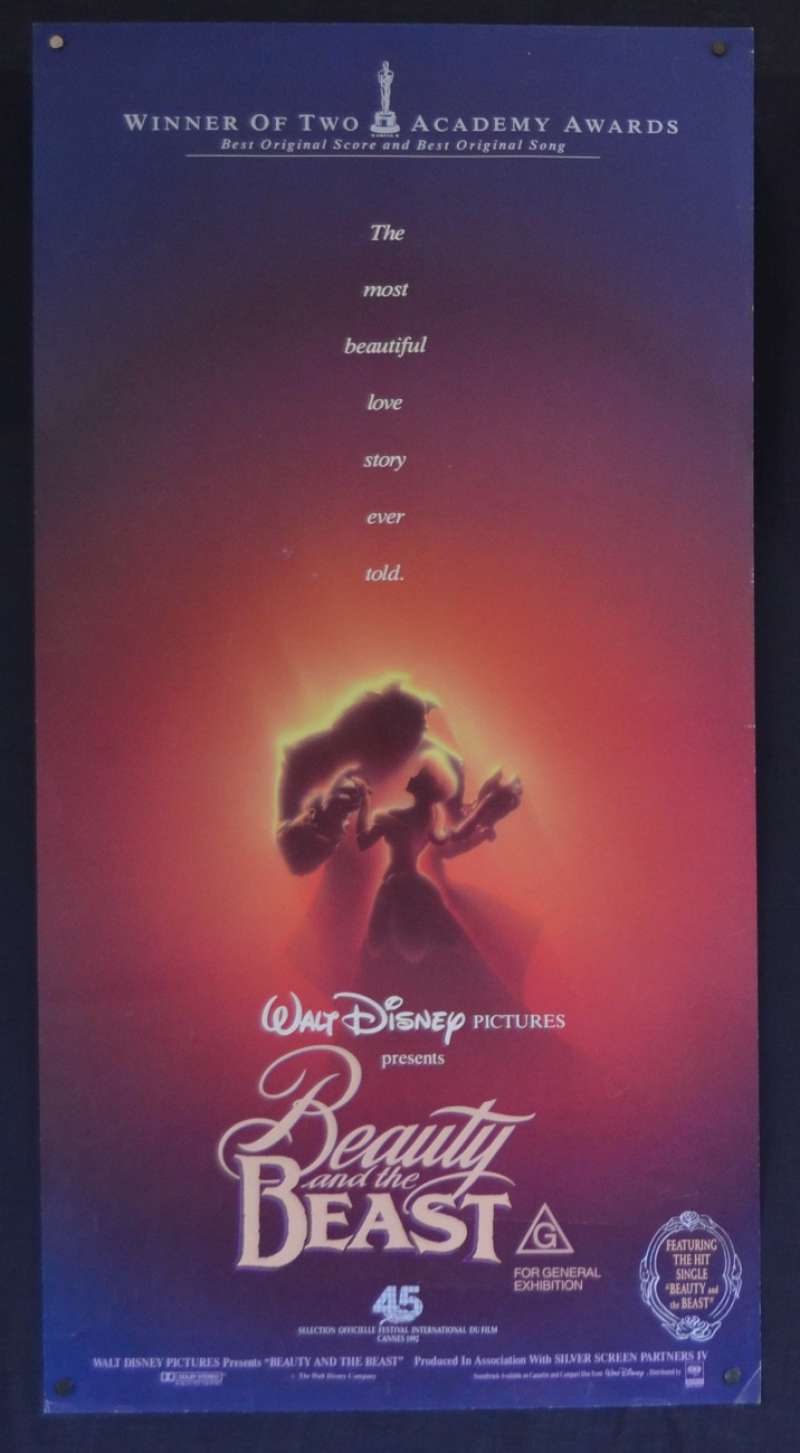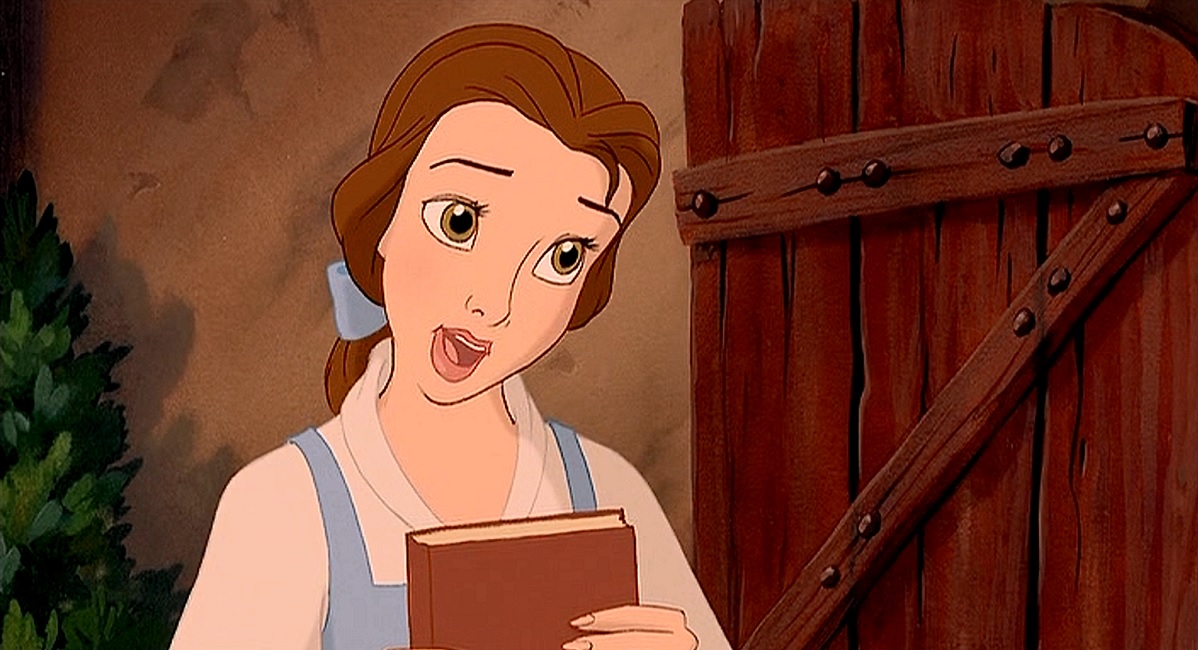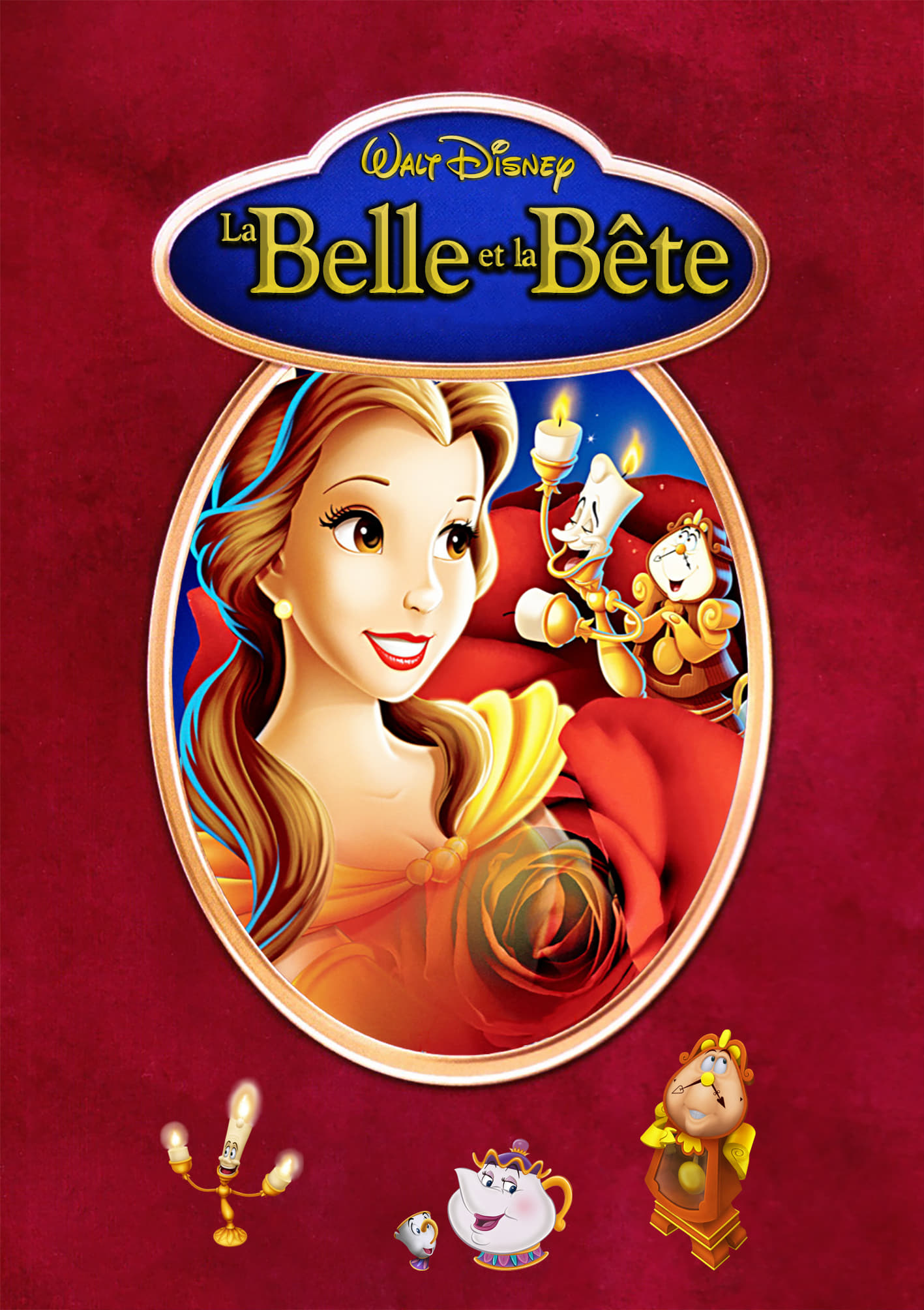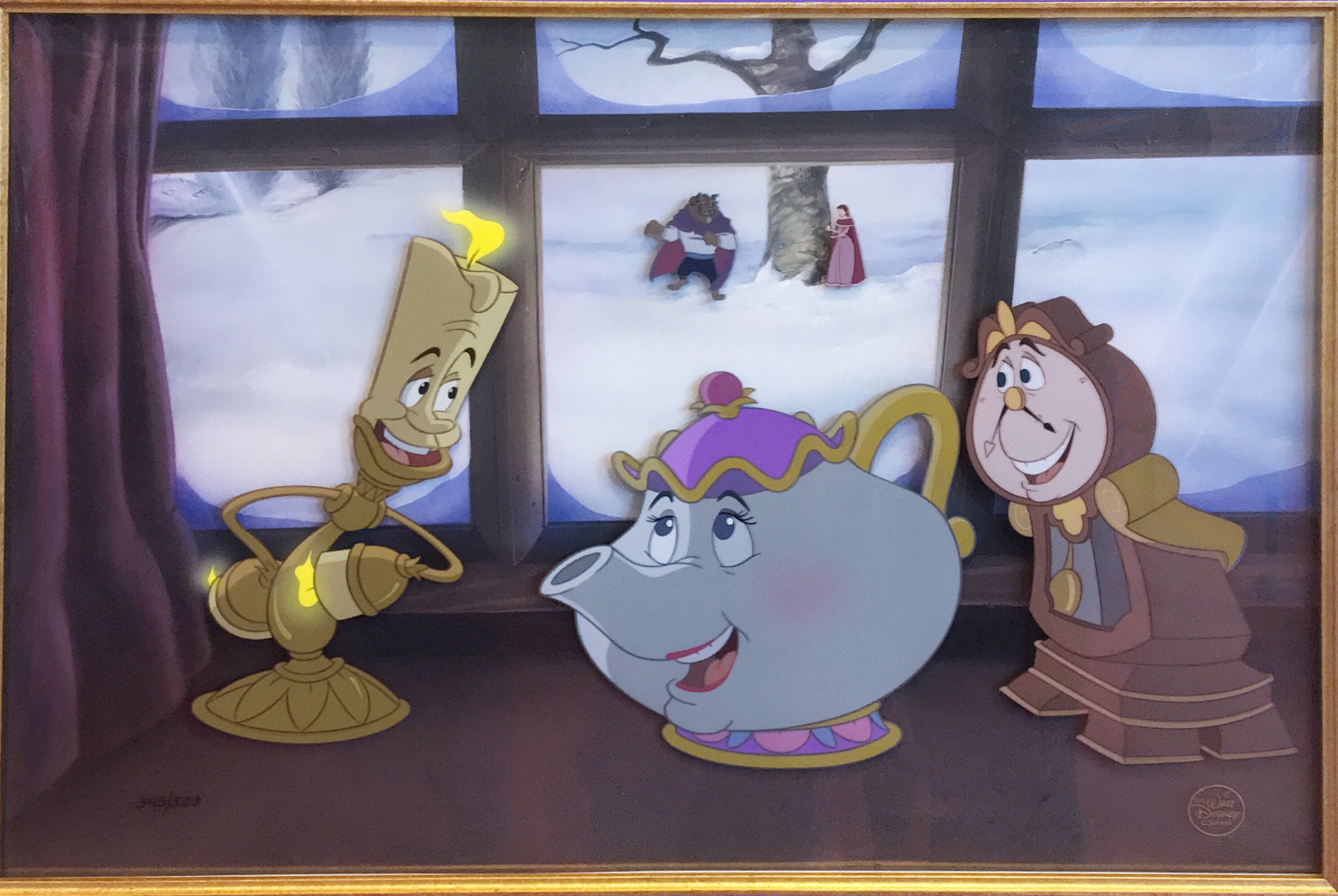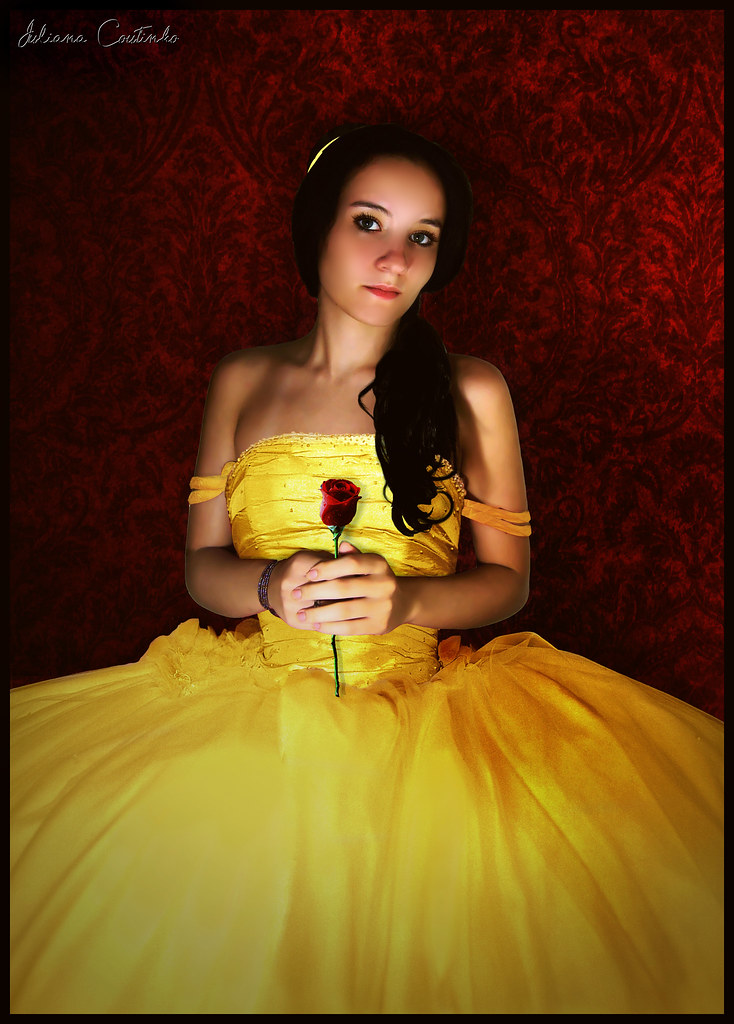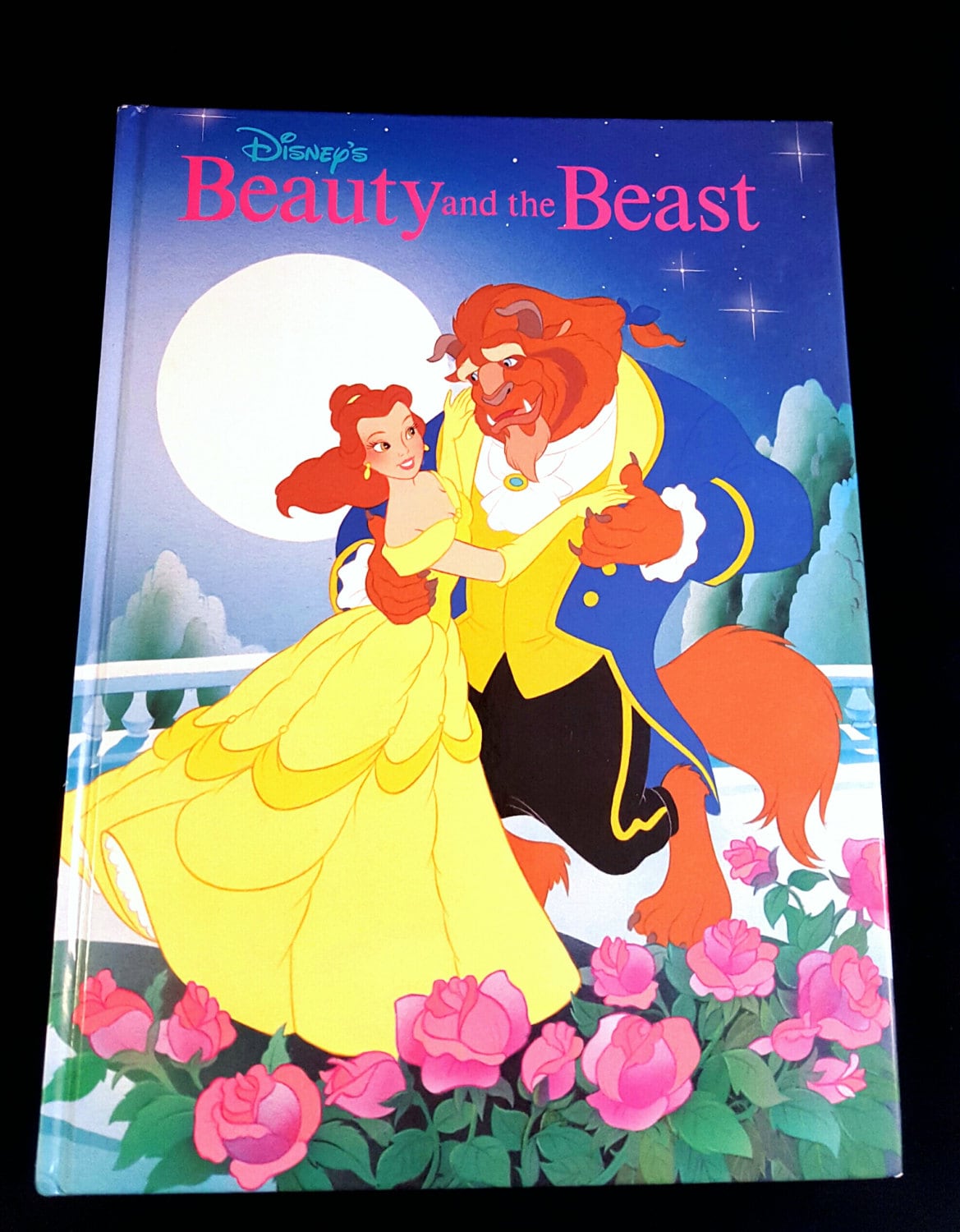Ahh yes, the nostalgia and atmosphere out of this beautiful fantastic animated feature. Me, Jacob and Liam really enjoyed quoting dialogue and songs from this fantastic classic, Beauty and the Beast. Oh, how beautiful it is, how wonderful the adventure is and how amazing the animation is.
Because this is the first Disney animated feature to be nominated for Best Picture. Remember when I said in The Silence of the Lambs Beauty and the Beast is nominated for Best Picture but lost to The Silence of the Lambs. The actors and actresses won and nominated for Best Actor and Best Actress but I forgot to mention the directors for Best Director. When I think of Best Pictures I can rate them a 9/10 and 10/10 because THAT'S a promise to the people of all country.
Much like Best Picture though I have looked upon IMDB's Top 250 films of all time but I think it haven't rated it anymore but hey I just rate them 9 and 10/10, you guys just rated them whatever you want, your opinions. Now I will talk the characters, the animation, the story and the visuals. The ballroom scene is just beyond fantastic and beautiful! People who watch this scene will heartwarmed and chilled when Mrs Potts singing Beauty and the Beast tagline ''Tale as old as Time''.
My friends Liam Fleming and Jacob Dimmock and I were singing those songs. These Belle the town song, Gaston which is my favorite, Be Our Guest, Beauty and the Beast aka Tale as old as Time and the catchiest song ever the mob song Kill the Beast. The theme song Beauty and the Beast sung by Peabo Bryson and Celine Dion it's so beautiful and so wonderful. When I was a kid I listen to it a million times and never gets old. Actually just looking at these two certainly looks like us. I look like Gaston with the muscles and personality and Jacob looks like Lefou cause he's a little short but yeah, Gaston and Lefou are one of my favorite characters.
The side characters for example Lumiere, Cogsworth, Mrs Potts and Chip are funny too. I look like Lumiere and Jacob looks like Cogsworth because of his personality. People always make fun of him because he's crazy because he saw the beast. That's why he's crazy just like Gaston and Lefou says but Belle thinks he's not crazy so people laugh at him and send him to the asylum. There's a scene where Maurice and his horse on the trip to the fair but got lost in the forest but Maurice makes me laugh.
Actually when I was a kid the movie scare the hell out of me much like The Jungle Book though and yeah it's a kids film and it's suitable for all ages. When the beast turns back into a human and him and Belle lived happily ever after. People fell in love with the beast because you call him Beast.
Do people just keep calling him Beast when he was turned into a human? The animation is just beautiful and fantastic like I said to the ballroom scene, the animation is amazing. The animators use the animation called Traditional animation.
There's a lyricist called Howard Ashman Alan Menken's friend who died years when he worked on the product. There's a disclaimer at the end of the credits saying ''TO OUR FRIEND, HOWARD, WHO GAVE A MERMAID HER VOICE AND A BEAST HIS SOUL, WE WILL BE FOREVER GREATFUL''. It has been a pleasure to review this wonderful Disney animated feature filled with lovable characters, beautiful animation, storytelling and directing and producing which really makes the best Disney animated feature to ever be nominated for Best Picture.
No movie collection is complete without Walt Disney Classic Beauty and the Beast. Be Our Guest and enjoy this wonderful and beautiful entertainment with your friends and families. This is one my favorite Disney animated classics of all time.
To break the curse, Beast must learn to love Belle and earn her love in return before the last petal falls from an enchanted rose or else the Beast will remain a monster forever. The film also features the voices of Richard White, Jerry Orbach, David Ogden Stiers, and Angela Lansbury. Beauty and the Beast is a 1991 romantic musical comedy fantasy animated film produced at Walt Disney Feature Animation. It is the 30th film in the Disney Animated Canon and the third film in the Disney Renaissance. The film tells the story of a prince who is transformed into a Beast and a young woman named Belle whom he imprisons in his castle.
To become a prince again, the Beast must learn to love Belle and win her love in return before the last petal falls from an Enchanted Rose, or he will remain a Beast forever. During the course of production, many changes were made to the structure of the film, necessitating the replacement and re-purposing of songs. After screening a mostly animated version of the "Be Our Guest" sequence, story artist Bruce Woodside suggested that the objects should be singing the song to Belle rather than her father. Wise and Trousdale agreed, and the sequence and song were retooled to replace Maurice with Belle. The film's title song went through a noted bit of uncertainty during production. Originally conceived as a rock-oriented song, it was changed to a slow, romantic ballad.
Howard Ashman and Alan Menken asked Angela Lansbury to perform the song, but she did not think her voice was suited for the melody. When she voiced her doubts, Menken and Ashman asked her for at least one take and told her to perform the song as she saw fit. Lansbury reportedly reduced everyone in the studio to tears with her rendition, nailing the song in the one take asked of her.
This version went on to win the Oscar for Best Original Song. "Human Again" was dropped from the film before animation began, as its lyrics caused story problems about the timeline over which the story takes place. This required Ashman and Menken to write a new song in its place. "Something There," in which Belle and Beast sing of their growing fondness for each other, was composed late in production and inserted into the script in place of "Human Again." There is often a discrepancy when comparing live action films with animated films in terms of space and camera movements.
In live action films, a camera can play a significant role within a specific scene and much can be said about its use in terms of space. This sort of discussion, however, is rare with animated films. The hand-drawn animated films that have now been replaced with computer–animated films are rarely discussed in terms of space, primarily because cel animation consists of flat artworks and minimal camera movements. Beauty and the Beast is a film that combines both traditional animation with computer animation, blending together computer-generated backgrounds with hand-drawn characters.
This hybridization of techniques can be seen during the ballroom sequence of the film, as Belle and the Beast waltz in the Beast's castle. Pixar has since ushered in a digital era of computer-animated films and their films are often compared with their live action counterparts. The release of The Little Mermaid , however, ushered in a new era for the Walt Disney Animation Studios, which became known as the Disney Renaissance. This era lasted for a decade and produced films that included The Rescuers Down Under , Aladdin and The Lion King .
This was a period of time when the Walt Disney Animation Studios returned to making critically and commercially successful films based on well-known stories. Beauty and the Beast, released in 1991, reached new levels of success and defined how space could function in animated films. The film received the first Best Picture nomination for an animated film, a feat that was unparalleled until 2010 with Up , when the Academy of Motion Pictures Arts and Sciences expanded the number of nominees in the Best Picture category to a maximum of ten. It's a film that enfolds you and takes you where it will, and you go willingly. Beauty and the Beast premiered as an unfinished film at the New York Film Festival on September 29, 1991, followed by its theatrical release as a completed film at the El Capitan Theatre on November 13.
The film grossed $331 million at the box office worldwide on a $25 million budget and received widespread critical acclaim for its romantic narrative, animation , characters and musical numbers. Beauty and the Beast won the Golden Globe Award for Best Motion Picture – Musical or Comedy, the first animated film to ever win that category. In April 1994, Beauty and the Beast became Disney's first animated film to be adapted into a Broadway musical, which ran until 2007. The ballroom was designed as a production set on a computer, becoming the first computer-generated color background that was both animated and fully dimensional. In comparison, previous animated films consisted of one dimensional backgrounds and static cameras.
This is made clear in other parts of Beauty and the Beast; notice how the background in the earlier part of the film is flat in comparison with the ballroom sequence. The ballroom was rendered onto a cube and the hand-drawn cel animations were placed on top of this design. This integration consisted of traditional hand-drawn animation cels, such as Belle and the Beast, as well as 3D CGI objects, such as the chandelier that hangs above them during their waltz. In creating a background that was dimensional, the camera could now move around its characters. The camera is constantly moving, soaring, sweeping and circling its characters.
These fluid movements resemble tracking shots in an animated film, providing us with an illusion of a dollying film camera. In their entrance into the ballroom, we are presented with an immediate introduction to the moving camera, as we move past the columns and entrance into the grand ballroom. A beautiful young woman is held captive in a castle by a beastly creature.
But the brute is actually a prince who must find love if he is to return to his true form. One of the most acclaimed and treasured animated films of all time is about to sweep you off your feet. Follow the adventures of Belle, a bright young woman who finds herself in the castle of a prince who's been turned into a mysterious beast. With the help of the castle's enchanted staff, Belle soon learns the most important lesson of all - that true beauty comes from within. Be our guest and let the music you'll never forget and the characters who will fill your heart, cast a shimmering spell like never before. In June 2014, Walt Disney Pictures announced that a live-action film adaptation of the original film was in the works, with Bill Condon directing and Evan Spiliotopoulos writing the script.
In September 2014, it was announced that Stephen Chbosky would re-write the script. In January 2015, Emma Watson announced on her Facebook page that she would portray Belle in the new live action remake film. In March 2015, Dan Stevens, Luke Evans, Emma Thompson, Josh Gad, Audra McDonald, and Kevin Kline joined the film as the Beast, Gaston, Mrs. Potts, Lefou, Garderobe, and Maurice, respectively. The following month, Ian McKellen, Ewan McGregor, Stanley Tucci, and Gugu Mbatha-Raw joined the cast, as Cogsworth, Lumière, Cadenza, and Plumette, respectively. Composer Alan Menken returned to score the film's music, with new material written by Menken and Tim Rice.
In June 2015, Menken said the film would not include the songs that were written for the Broadway musical. Ashman and Menken wrote the Beauty song score during the pre-production process in Fishkill, the opening operetta-styled "Belle" being their first composition for the film. The Beauty songs were mostly recorded live with the orchestra and the voice cast performing simultaneously rather than overdubbed separately, in order to give the songs a cast album-like "energy" the filmmakers and songwriters desired. Beauty and the Beast is a 1991 American animated musical romantic fantasy film produced by Walt Disney Feature Animation and released by Walt Disney Pictures.
The moving background in this sequence also allows for changes in perspective and a sense of scale. The introduction of live action techniques literally presents a new dimension into the animated world and heightens the emotional qualities of the film. The theatrical lighting and the movement of Belle's hair, for instance, create an element of realism. The artists for this film constantly altered perspectives as Belle and the Beast danced together.
This adds another element of involvement for the audience, because the film steps further away from the limitations of traditional animation. The changes in perspectives are unique to this sequence, but also fit within the context of the film as whole. The diagram provided shows a particular moment in the sequence where the camera drops from the ceiling down to the level of Belle and the Beast. This drastic change in perspective was achieved with a pencil and paper and was layered onto the computer-generated ballroom.
The diagram also consists of accurate dimensions that are featured in the film. The ballroom sequence consists of a 72-foot high ceiling and an 86 x 126 foot dome with a mural, which was hand painted and applied as a texture map. There are 28 wall window sections and the distance from door-to-door is 184 feet with a width of 126 feet.
The Little Mermaid and The Rescuers Down Under were both produced using CAPS , a digital compositing system for animated films; however, Beauty and the Beast made extensive use of the software and effectively integrated 2D with 3D. The film also used CAPS in its stimulation of multiplane effects, which allowed for the existence of separate layers between characters and backgrounds, creating an illusion of focus and depth. The use of computer-animation in this film results in a sophisticated and complex scene that is unique in the legendary history of Disney. The ballroom sequence in Beauty and the Beast is the most romantic scene of the film. This is the moment in the film when Belle and the Beast establish their love for one another. The ballroom sequence makes us fall in love, not just with Belle and the Beast, but also with the seamless integration of hand-drawn animation and computer-animation.
Upon seeing the initial storyboard reels in 1989, Walt Disney Studios chairman Jeffrey Katzenberg was dissatisfied with Purdum's idea and ordered that the film be scrapped and started over from scratch. A few months after starting anew, Purdum resigned as director. The studio had approached John Musker and Ron Clements to direct the film, but they turned down the offer, saying they were "tired" after just having finished directing Disney's recent success The Little Mermaid. Katzenberg then hired first-time feature directors Kirk Wise and Gary Trousdale. Wise and Trousdale had previously directed the animated sections of Cranium Command, a short film for a Disney EPCOT theme park attraction. In addition, wanting another musical film, Katzenberg asked songwriters Howard Ashman and Alan Menken, who had written the song score for The Little Mermaid, to turn Beauty and the Beast into a Broadway-style musical film in the same vein as Mermaid.
Ashman, who at the time had learned he was dying of complications from AIDS, had been working with Disney on a pet project of his, Aladdin, and only reluctantly agreed to join the struggling production team. To accommodate Ashman's failing health, pre-production of Beauty and the Beast was moved from London to the Residence Inn in Fishkill, New York, close to Ashman's New York City home. Here, Ashman and Menken joined Wise, Trousdale, Hahn, and Woolverton in retooling the film's script. Walt Disney first attempted to adapt Beauty and the Beast into an animated film during the 1930s and 1950s, but was unsuccessful. Following the success of The Little Mermaid , Walt Disney Pictures decided to adapt the fairy tale, which Richard Purdum originally conceived as a non-musical.
Disney chairman Jeffrey Katzenberg eventually dismissed Purdum's idea and ordered that the film be a musical similar to The Little Mermaid instead. The film was directed by Gary Trousdale and Kirk Wise in their directorial debut, with a screenplay by Linda Woolverton story first credited to Roger Allers. Lyricist Howard Ashman and composer Alan Menken wrote the film's songs. Ashman, who additionally served as the film's executive producer, died of AIDS-related complications six months before the film's release, and the film is thus dedicated to his memory. What the live action version nails is its real life realisations of the characters.
Evans is perfectly cast as the increasingly devious Gaston, Kline is great as Maurice, while the voice cast of the household objects is excellent (McGregor's dodgy French accent notwithstanding). The first and biggest criticism to be levelled at the 2017 take is that it's added more songs and more story, the lean 90 minutes blown out to 129 minutes. The breathless pace of the animated world doesn't translate directly to live action, and characters such as Le Fou and Belle's father Maurice grow into more than the goofy cliches of '91. The original "cute" character of the movie was a music box, which was supposed to be a musical version of Dopey from Snow White and the Seven Dwarfs.













